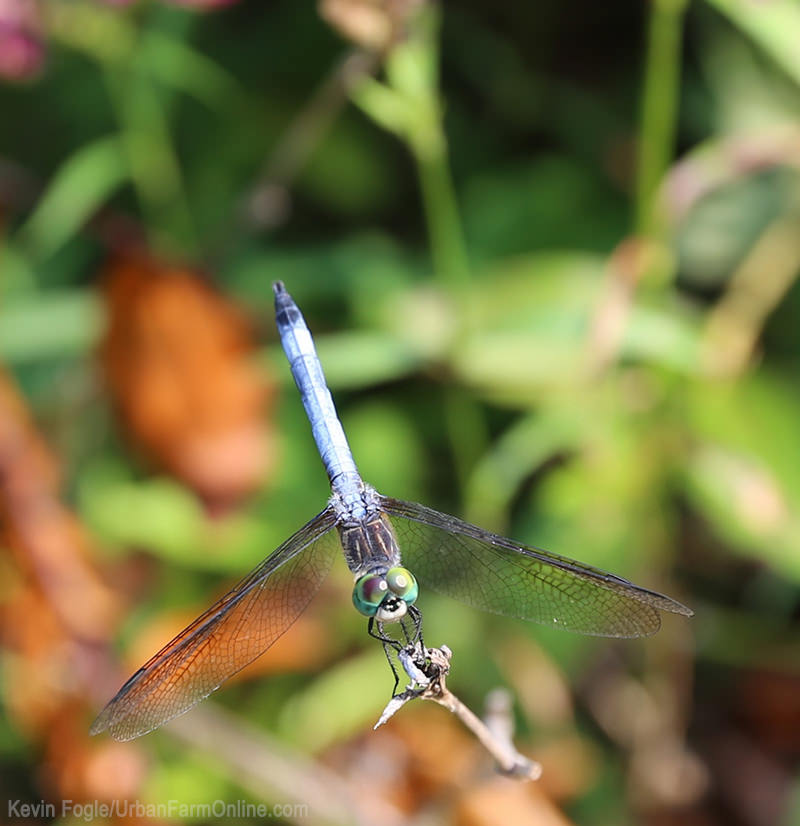

Right off the bat, we need to discuss some common misconceptions about dragonflies. These insects have a long history in Western folklore and were sometimes considered evil with nicknames like devil’s darning needle, referring to mythological stories where large dragonflies supposedly sewed eyes and mouths shut. If you take anything away from this post it should be the fact that these graceful insects pose no threat to humans, as they don’t sting, very rarely bite, and certainly do not sew anything, much less eyes.
Many folks believe that dragonflies are stinging insects, and this is completely understandable looking at their long slender abdomens. However, the only insects in the world that possess true stingers are certain species of bees, wasps and ants. The stinging myth may be related to rare but verified occasions where female dragonflies have mistakenly attempted to lay their eggs on exposed arms and legs, which can leave behind a small welt but certainly no poisons or toxins. As far as biting goes, dragonflies will only attempt to bite humans if you are handling them, and even for the largest of dragonflies, it’s often no more than a good pinch, which rarely breaks the skin.
In reality the only creatures that should fear adult dragonflies are mosquitos and other small flying insects, such as flies, midges, butterflies and gnats, which make up the vast majority of the diet for most dragonfly species. Their work as mosquito control has even earned them a more positive nickname: the mosquito hawk.
In North American alone, there are more than 300 individual species of true dragonflies that come in a range of vibrant colors and sizes. The iridescent colors of the dragonflies are nearly unparalleled in the insect world and are some of my favorite insects to grace my garden and yard. Dragonflies use their massive compound eyes to both observe their flying prey and avoid animals that typically predate dragonflies, including birds, frogs and spiders.
So next time you see a dragonfly in your yard, watch its amazing aerial show and thank it for helping to control flying pests. If you’re interested in attracting more dragonflies to your yard, consider putting in a water feature with some vertical aquatic plants they can perch on.
Read more of Garden In Front »




